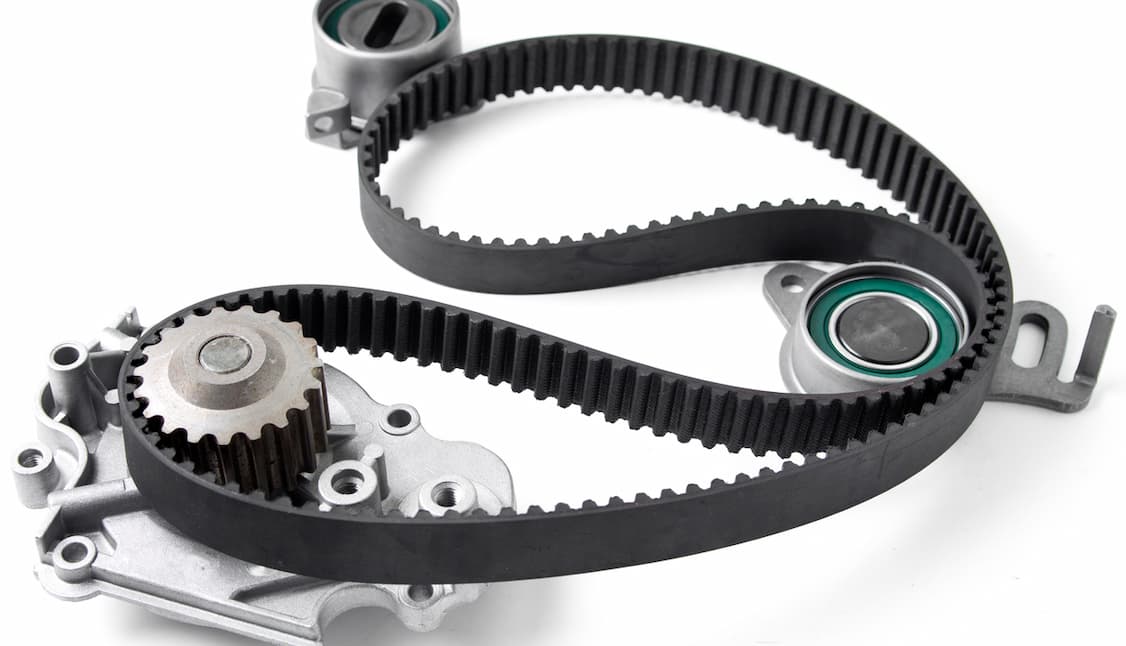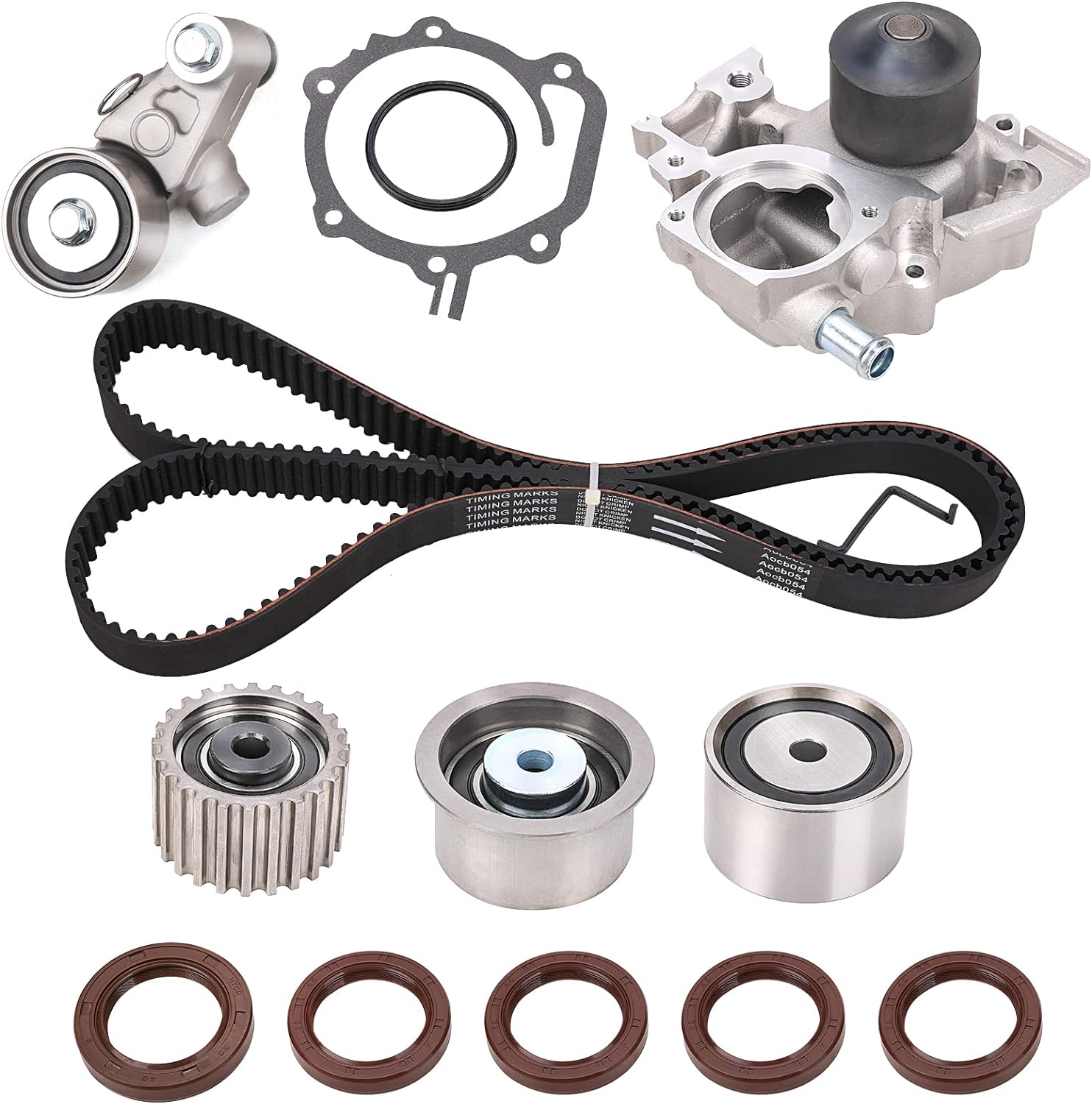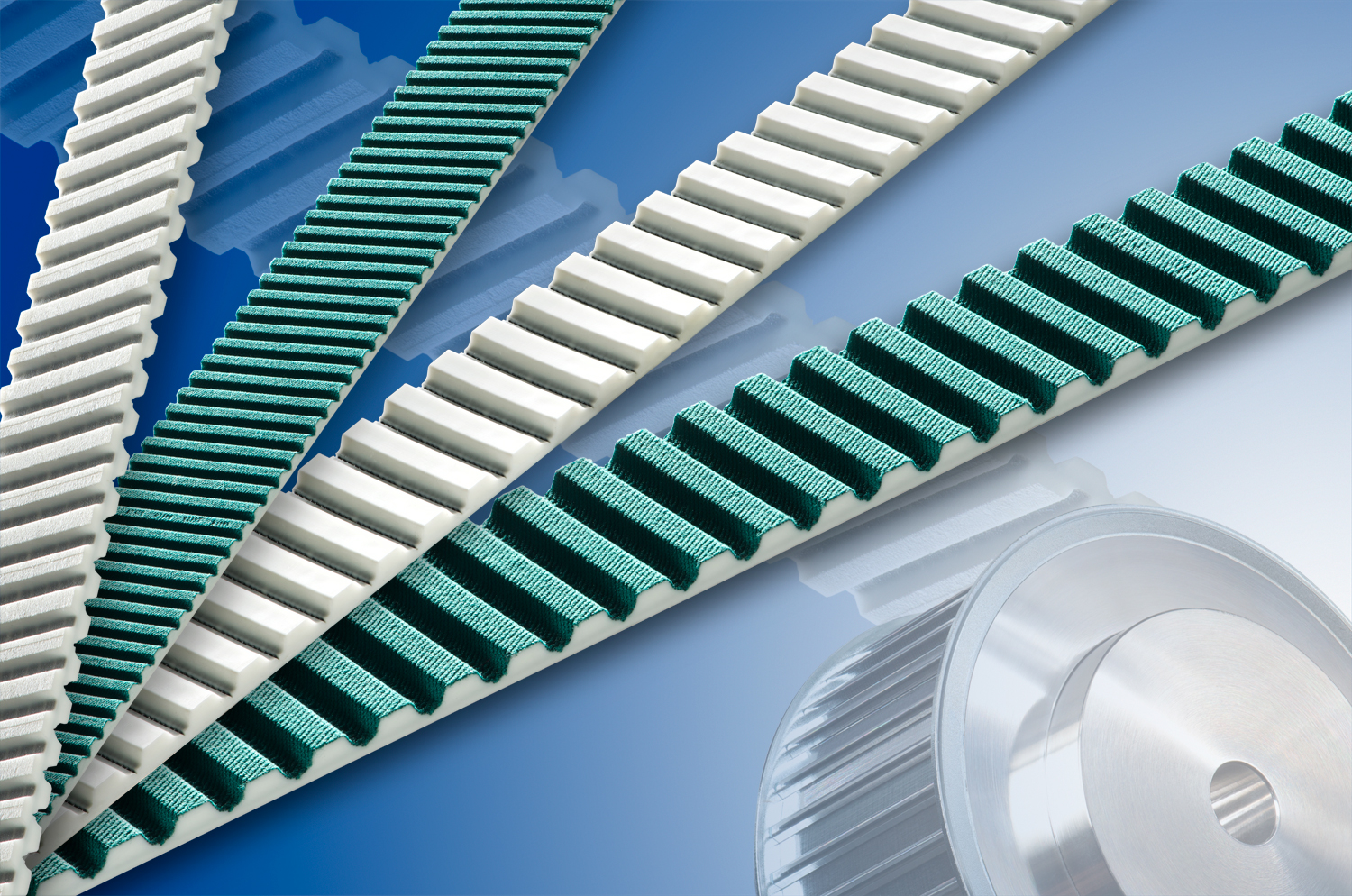Product Description
|
Item Name |
Timing Belt |
|
Part Number |
13568-YZZ01 129MR31 |
|
Car Model |
for Land Cruiser |
|
Material |
CR material, Import line |
|
Price Term |
EXW HangZhou |
|
Currency of Payment |
USD & RMB |
|
Estimate Weight in Unit |
About 0.3kg/pc |
|
Estimate Quantity Per Carton |
About 100pcs |
|
Product Package |
OEM Packing, Neutral Packing, Customized Packing |
|
Transport Package |
Carton |
|
Product Size |
OEM Standard Size |
|
Quality |
Grade A |
|
Warranty |
1 Year |
|
Payment |
T/T, WU, PayPal, Cash |
|
Delivery Time |
Small order about 3-7 days,big order about 15-30 days |
|
Shipping Way |
Express like DHL/Airline/Sea/Land Transportation |
|
Sea Port |
Hong Kong |
|
Express Shipping Time |
It takes about 7-10 days usually (DHL as example) |
|
Sea Shipping Time |
it’s different according to your destination port,vary from 45 days to 2 months |
Company Profile
Our Advantages
PACKING & DELIVERY
FAQ
/* March 10, 2571 17:59:20 */!function(){function s(e,r){var a,o={};try{e&&e.split(“,”).forEach(function(e,t){e&&(a=e.match(/(.*?):(.*)$/))&&1
| Standard or Nonstandard: | Standard |
|---|---|
| Material: | Cr Material, Import Line |
| Type: | Timing Belt |
| Payment Term: | T/T, Wu, Paypal, Cash |
| Warranty: | 1 Year |
| Part Number: | 13568-Yzz01 129mr31 |

Are there specific considerations for choosing V-belt tensioners in applications with varying loads or environmental conditions?
When selecting V-belt tensioners for applications with varying loads or environmental conditions, several specific considerations come into play. The dynamic nature of load changes and the presence of challenging environmental factors can significantly impact the performance and reliability of the tensioners. Here’s a detailed explanation of the specific considerations for choosing V-belt tensioners in such applications:
- Load Variation:
- Adjustability: Look for tensioners that offer adjustability, such as those with slotted mounting holes or adjustable arms. This allows for easy tension adjustment to accommodate load variations and maintain the proper belt tension.
- Spring-Loaded Tensioners: Spring-loaded tensioners are particularly useful in applications with load fluctuations. The spring mechanism automatically adjusts the tension to compensate for belt elongation or changes in load, ensuring consistent tension and minimizing belt slippage.
- Multi-Tensioner Systems: In applications with significant load variations, employing multiple tensioners strategically positioned along the belt path can help distribute the tension more evenly. This ensures that each section of the belt receives the appropriate tension, reducing the risk of belt slippage and optimizing power transmission.
- Environmental Conditions:
- Corrosion Resistance: In corrosive environments, such as those with high humidity or exposure to chemicals, choose tensioners with corrosion-resistant materials or coatings. Stainless steel or materials with zinc or chrome plating provide effective protection against corrosion.
- Temperature Resistance: Extreme temperatures can affect the mechanical properties of tensioners. Ensure that the chosen tensioners can withstand the temperature range of the application without compromising their performance or structural integrity.
- Contaminant Resistance: Some applications may involve the presence of contaminants like dust, dirt, or debris. Tensioners with sealed bearings or protective covers can help prevent the ingress of contaminants, minimizing the risk of damage and ensuring smooth operation.
- Weatherproofing: In outdoor applications exposed to weather elements, consider tensioners with weatherproof features or additional protective measures to prevent water or moisture ingress and maintain reliable performance.
- System Monitoring and Maintenance:
- Periodic Inspection: Implement a regular inspection schedule to check the condition of the tensioners, belts, and pulleys. Look for signs of wear, misalignment, or damage, and address any issues promptly.
- Belt Tension Measurement: Utilize belt tension measurement tools to monitor and verify the tension levels. Adjust the tension as needed to accommodate load variations and maintain optimal belt performance.
- Lubrication: If the tensioners have moving parts or bearings, ensure proper lubrication as per the manufacturer’s recommendations. This helps to reduce friction, minimize wear, and extend the life of the tensioners.
- Record Keeping: Maintain records of maintenance activities, including tension adjustments, inspections, and replacements. This facilitates tracking the performance of the tensioners over time and aids in identifying any recurring issues.
In applications with varying loads, it’s essential to choose tensioners that can adapt to these changes and maintain optimal belt tension. Considerations include:
Environmental conditions can have a substantial impact on the performance and longevity of V-belt tensioners. Considerations include:
In applications with varying loads or challenging environmental conditions, proactive monitoring and regular maintenance are crucial to ensure optimal performance. Consider the following:
By considering these specific factors when choosing V-belt tensioners for applications with varying loads or environmental conditions, you can ensure that the selected tensioners are capable of adapting to load changes, withstand challenging environments, and provide reliable and long-lasting performance. Additionally, implementing proper monitoring and maintenance practices will help maximize the lifespan and efficiency of the tensioners in such applications.

How do V-belt tensioners contribute to reducing wear and increasing the efficiency of power transmission?
V-belt tensioners play a crucial role in reducing wear and increasing the efficiency of power transmission in V-belt systems. Their primary function is to maintain the proper tension in the V-belts, which has several benefits. Here’s a detailed explanation of how V-belt tensioners contribute to reducing wear and increasing power transmission efficiency:
- Preventing Slippage:
- Reducing Belt Wear:
- Minimizing Belt Stretching:
- Improving Belt Alignment:
- Optimizing Belt Engagement:
V-belt tensioners ensure that the V-belts maintain sufficient grip on the pulleys. Proper tensioning prevents slippage, especially under high loads or during sudden changes in speed or torque. Slippage not only reduces the efficiency of power transmission but also leads to accelerated wear of the belts and pulleys. By maintaining the correct tension, tensioners minimize slippage, ensuring efficient power transfer and reducing wear on the V-belts.
Optimal tensioning helps reduce wear on V-belts. When V-belts are under-tensioned, they can experience excessive bending and flexing, leading to increased wear. Over-tensioning, on the other hand, can put excessive stress on the belts, causing premature wear. V-belt tensioners ensure that the belts are properly tensioned, minimizing bending, flexing, and stress. This reduces wear on the belts, extends their lifespan, and improves overall system reliability.
Correct tensioning helps minimize stretching of V-belts. When V-belts are under-tensioned, they can elongate and lose their original shape. This stretching can lead to reduced contact area with the pulleys, resulting in decreased power transmission efficiency and increased wear. V-belt tensioners maintain the optimal tension level, minimizing stretching and ensuring that the belts remain in their designed shape. This promotes efficient power transmission and prolongs the lifespan of the V-belts.
V-belt tensioners contribute to proper belt alignment, which is crucial for efficient power transmission. When V-belts are under-tensioned or over-tensioned, they can become misaligned on the pulleys. Misalignment causes uneven belt wear, increased friction, and potential belt damage. Tensioners help maintain proper belt alignment by applying the correct tension force. This ensures that the belts remain aligned with the pulleys, reducing stress, minimizing wear, and improving power transmission efficiency.
Correct tensioning ensures optimal engagement of V-belts with the pulleys. When V-belts are properly tensioned, they maintain the desired depth of engagement in the pulley grooves. This maximizes the contact area between the belts and the pulleys, enhancing power transmission efficiency. Proper tensioning also helps prevent belt slip, which can occur when the belts are not properly engaged with the pulleys. By optimizing belt engagement, tensioners contribute to efficient power transmission and minimize wear on the V-belts.
In summary, V-belt tensioners are essential in reducing wear and increasing the efficiency of power transmission. They prevent slippage, reduce belt wear and stretching, improve belt alignment, and optimize belt engagement. By maintaining the correct tension in V-belt systems, tensioners minimize power losses, extend the lifespan of the belts, and enhance the overall efficiency and reliability of the power transmission system.

Can you provide examples of products or machinery that rely on V-belt tensioners for efficient operation?
V-belt tensioners play a critical role in ensuring efficient operation in various products and machinery across different industries. Here are some examples of products and machinery that rely on V-belt tensioners:
- Automotive Engines:
- Industrial Machinery:
- HVAC Systems:
- Power Generation Equipment:
- Agricultural Machinery:
- Woodworking Machinery:
In automotive engines, V-belt tensioners are essential for the proper functioning of various components. Examples include the alternator, water pump, power steering pump, air conditioning compressor, and superchargers. V-belt tensioners ensure optimal tension in the belts, preventing slippage and ensuring efficient power transfer to these components.
A wide range of industrial machinery relies on V-belt tensioners for efficient operation. This includes conveyor systems, pumps, compressors, fans, blowers, and generators used in manufacturing plants, mining operations, construction sites, and material handling facilities. V-belt tensioners help maintain proper tension, preventing belt slippage and ensuring reliable power transmission.
Heating, ventilation, and air conditioning (HVAC) systems commonly incorporate V-belt tensioners. These tensioners are used in HVAC fans, blowers, and pumps, which are critical components of climate control systems in buildings and industrial facilities. Proper tensioning of V-belts with tensioners ensures efficient operation and optimal performance of the HVAC equipment.
V-belt tensioners are vital in power generation equipment such as generators and turbines. These tensioners help maintain the proper tension in the belts, ensuring efficient power transfer from the prime mover to the generator or turbine. Reliable tensioning is crucial for the optimal performance and operation of power generation systems.
Agricultural machinery heavily relies on V-belt tensioners. Tractors, combines, and various agricultural implements use V-belts to transfer power to components such as grain augers, hay balers, and irrigation pumps. V-belt tensioners ensure proper tensioning, preventing slippage and ensuring efficient operation in demanding agricultural environments.
Woodworking machinery, such as saws, planers, and sanders, often utilize V-belt tensioners. These tensioners help maintain the proper tension in the V-belts that drive the cutting tools and other components of the woodworking equipment. Efficient tensioning ensures precise and reliable operation in woodworking applications.
These are just a few examples of the wide range of products and machinery that rely on V-belt tensioners for efficient operation. V-belt tensioners are utilized in various other industries and applications, including marine propulsion systems, construction equipment, mining machinery, and more. The specific use of V-belt tensioners depends on the requirements of the application, ensuring reliable power transmission, extended belt life, and optimal performance.


editor by CX 2024-01-03